Ready to work?
I like to ask these questions of my dog in new locations:
- Will you eat food?
- Can you hear your food reinforcement marker cues?
- Can you execute simple behavior skills?
- Can you do simple sequencing?
If I had a dog that liked toys,I might ask him additional questions (For toy play, I’m assuming you are familiar with my on line or in seminar toy play skills.) :
- Can you tug and chase?
- Can you hear your toy reinforcement marker cues, including differentiating and offering returns with said toy?
- Can you execute simple behavior skills with toy play reinforcement?
- Can you sequence with toy play reinforcement?
And for advanced Ready to Work questions, you’d ask the dog if he can switch reinforcement between food and toy play.
If I have a dog that really enjoys toy play and is so so about food, I would want the information that comes from the food steps, if I have vice versa, then I would ask the questions with the toy. You are basically asking if the dog is “okay”, which means clear headed, able to listen, and offer attention freely without being prompted. I also prefer the dog that scans the environment and decides to offer attention to me than the dog that is so toy crazy, they don’t see the environment or distractions.
What does Ready to Work look like in practical step by step instructions? And how do you know if your dog is saying Yes or No to these questions? I like to look at the “resets” after the dog eats the treat or gains the toy. You want as little hesitation/latency between eating the food, returning the toy as that individual dog is capable of. Ideally, you want the dog to eat the food, and snap his head up to orientate to the handler to be ready for the next cue, whether that is a reinforcement cue or a behavior cue. If you don’t have clean resets, you might have difficulty getting clean behavior cues or behavior sequencing. Reasons for not advancing successfully through this protocol could be fear or uncertainty of the environment, excitement to get somewhere, expectations of something else, arousal, etc… Whatever it is, it tells you whether you have the dog’s “head” and whether they are in an emotional space to work.This protocol works equally as well for excitement/arousal as it does for fear. Since we are looking at the specific behavior of what happens after the reinforcement is collected, the “why” does not matter while training. (well, honestly it always matters!, but for this protocol, the dog either looks at you or they don’t.)
Protocol Steps:
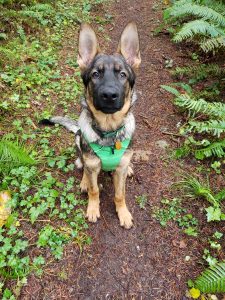 In order to advance from step to step, the dog must look immediately back at you (pre requisite skill) after eating the treat, without glancing around. You can ignore some head dipping for chewing and this is dog dependent. The important thing is to be consistent with your criteria.
In order to advance from step to step, the dog must look immediately back at you (pre requisite skill) after eating the treat, without glancing around. You can ignore some head dipping for chewing and this is dog dependent. The important thing is to be consistent with your criteria.
Things to keep in mind
- If the dog doesn’t look back at you immediately after eating the treat for 2 reps in a row, go back down a step.
- Don’t stay more than 2 reps at one step if the dog is looking back at you immediately after eating the treat. Raise criteria of behaviors or raise a step. When you get fluent in this, only spend one rep at each step.
- If the dog cannot do step 1a, make distance from whatever is bothering or exciting him. (ring gates, helper in bite work, tracking flag, etc…)
- Step 1a is not always needed. If need be, you can go directly to step 1b.
Actual steps:
- Step 1a: Show the dog treats by shoving them in front of their nose and then place a handful on the ground. Don’t drop or throw, but place. No marker word needed. No special behavior from the dog needed. Consider this “free” food. This is usually the most calm way we can give a dog treats and encourages sniffing.
- Step 1b: Hand the dog a treat. No marker word needed. No special behavior from the dog needed. Consider this “free” food.
- Step 2: Wait for offered eye contact from your dog. Don’t cue it. If your dog doesn’t know offered eye contact, teach that concept separate from this situation. Mark the offered eye contact with your food marker word (Yes), and then hand the dog food.
- Step 3: Wait for offered eye contact, cue different marker cues, you are asking if the dog can hear his reinforcement cues and act on them. Include the tossed treat one, and pay special attention to what the dog does after picking up the treat.
- Step 4: Wait for offered eye contact. Cue a very simple behavior. Yes and hand dog food. Sometimes dogs will look away as you cue them to do the behavior but still do it. This still counts as not completing this step.
- Step 5: Wait for offered eye contact. Cue a more complex behavior. Yes and hand dog food.
- Step 6: Wait for offered eye contact. Cue a behavior chain. Yes and hand dog food.
- Step 7: If you need to move from point A to point B, wait for offered eye contact, cue let’s go (or some similar cue that means movement to your dog) and start walking. This assumes that the dog can walk loose leash. When and if a dog that can walk loose leash in normal situations starts to pull, that counts as a “new” environment and you’ll likely have to go through all the steps again.
Here is me practicing this with Talic. This is in a car park and ride with woods and a pond behind me, and cars in front of and to the camera’s left. I think he’s adorable:
Here is a video of me using Ones as a demo in the threshold test at a seminar. I used a bite pillow as his “trigger”, which makes him very excited and consequently is hard for him to pay attention to me. This shows him mostly being successful, but he’s got some hard moments where I have to back up in steps.
Reducing stress at trials is important to me and this is one important component, using information from your dog as to how they feel about the training session or the location. If they fly through the steps, most likely the environment is easy for them and you can concentrate on training or trialing. If they stop at one step and can’t advance without glancing around, then for whatever reason, the environment is “hard” and for me, I’d question whether I want to risk trialing or training in that location.
What do you do if your dog says NO?
Let’s say your dog says “Nope! I can’t pass step 3, especially that tossed treat one where I get outside of your influence. I have to look around on my way back or add an extra sniff after I pick up the tossed treat.”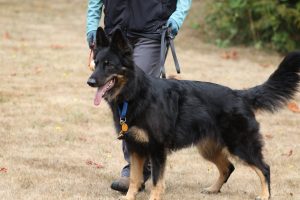
You’ve got options/choices as the trainer for your dog on that day:
- You can try to figure out what the trigger is (example-an active group of dogs racing around off leash in the neighboring field at the park. ) and make distance in hopes that your dog can pass through the steps at 50 feet away what he couldn’t at 20. Then train at 50 feet and the next time you visit that location, you’ll likely be able to train at 40 feet away from a similar distraction.
- Raise arousal. The trainer I was 10-20 years ago used this option exclusively. Get the dog really into the reinforcement, adding movement and rapid fire reinforcement. This works! Many talented trainers create “tunnel vision” with great success and I personally still work to condition a high state of excitement associated with the Schutzhund field and with heeling in general. These days I choose NOT to work through triggers with arousal and that’s okay as well.
- Put your dog in a down stay (previously taught) and let the dog look around while holding the position. I really like this option for the herding breeds, who want to bark and move the offending triggers away. After 5ish minutes or longer, get your dog up, give some reinforcement and see if he can make his way through the steps.
- Walk your dog around the edges of where you want to train, letting him look around at what interests him until he is satisfied that he is safe. This is not a good option if he decides to bark at or otherwise react to the triggers. A GSD is not going to “get used to” running dogs in the neighboring field. He’s going to work up to more and more inappropriate behaviors in an effort to control said running dogs. 🙂
- Put your dog away for a break and bring him out again.
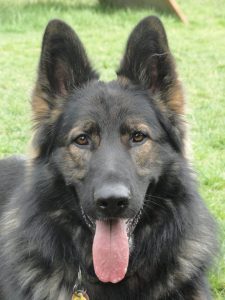 Make sure that you practice running your dog through the protocol in easy locations and create clean loops and resets in your general training. If you always have to prompt your dog to look at you, be aware that you are teaching your dog to wait until prompted to look at you. For me, freely offered attention from my learner dog is so important!
Make sure that you practice running your dog through the protocol in easy locations and create clean loops and resets in your general training. If you always have to prompt your dog to look at you, be aware that you are teaching your dog to wait until prompted to look at you. For me, freely offered attention from my learner dog is so important!
Want specific feedback from me on this concept? I teach two on line classes, Spaces in Between and Crucial Concepts of Competition that include the Ready to Work lecture.
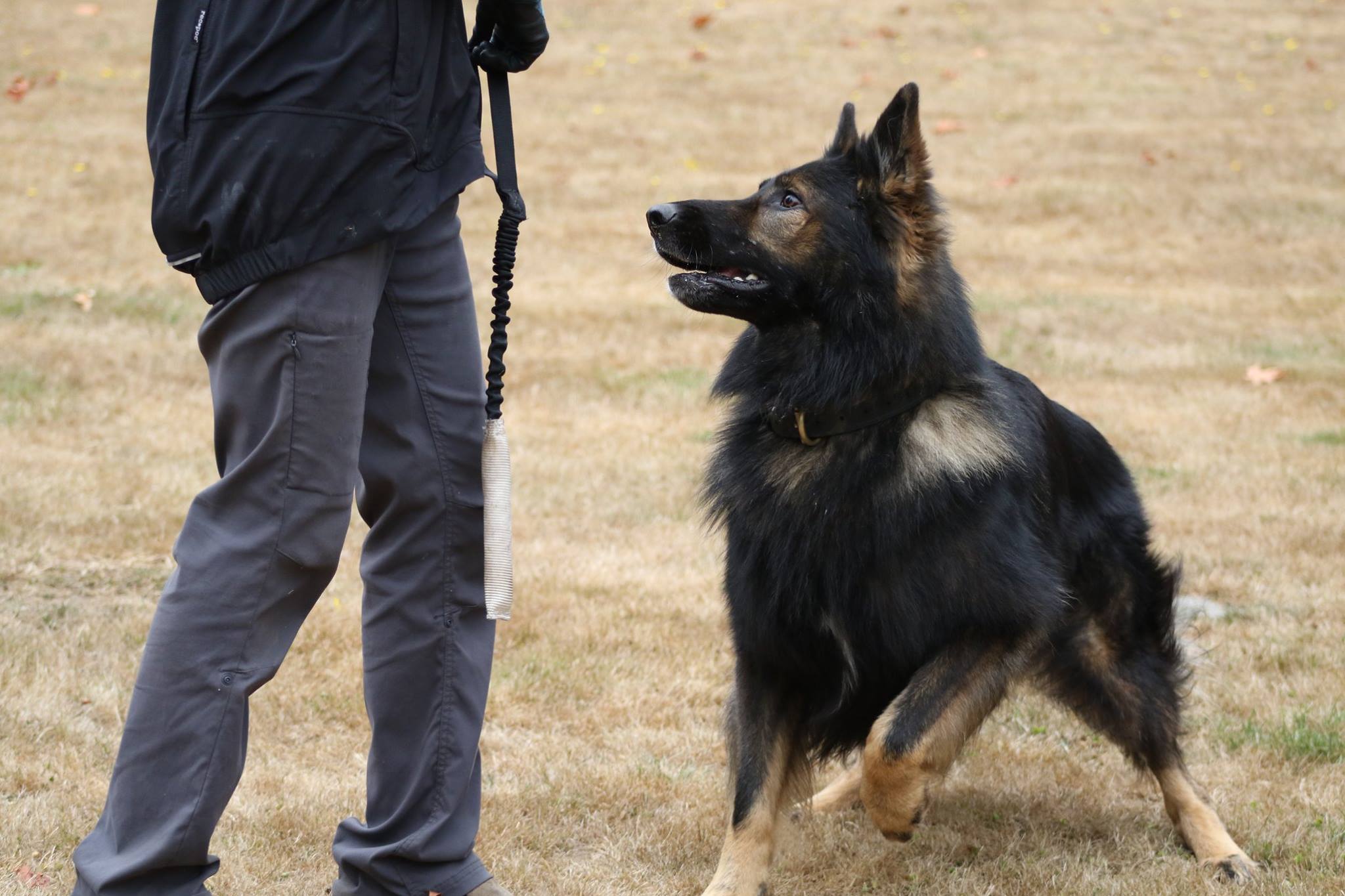
Thanks Shade. I like this a lot.
Good to hear from you, Mike!
I have found this such a powerful tool that I now use a modified version of this with my clients. In addition to being an assessment tool, this becomes a calming tool (for both human and dog) because of the pattern that becomes known and reliable. Thank you, Shade.
Thanks Kathryn!
I think that’s a really good point, that the known pattern becomes calming for the human part of the team as well.
Thank you for this post, I think it is very good and easy to understand explanation of the concept 🙂
Your writing “A GSD is not going to “get used to” running dogs in the neighboring field. He’s going to work up to more and more inappropriate behaviors in an effort to control said running dogs.” made me think, maybe you could write on this topic in more depth in another blog post? I know from many of your classes that you work a lot to keep your GSD-s from becoming reactive and it would be interesting to know more about what you do, why and how :).
Hi Emma, Thanks for your comments!
Short answer would be that most GSDs are going to want to run after other running dogs, and join in. They normally need to be taught to do another more acceptable behavior, whether that is concentrate on their owners, walk nicely or whatever is appropriate at the time.Most dogs with some type of prey “instinct” are going to have a hard time just hanging out in the presence of other moving things.
I could think about doing a blog post on this! I’ll put it in my folder of ideas.
I agree with Emma’s suggestion. I have Belgian Laekenois’, one of which is very prey driven. I’m interested practical training for a extremely environment aware BSD. Love your blog!